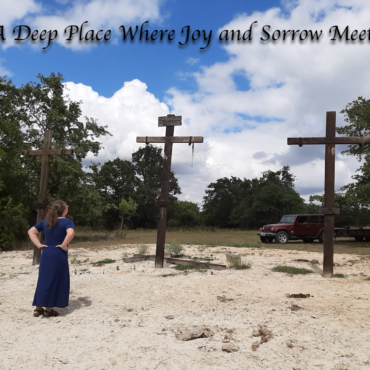When we do a sketch of our characters, especially our main characters, we usually think of their physical traits, their internal and external conflicts and that person, place or thing that the character can’t live without and must have in order to justify/ validate themselves. Remember we see a person’s face but we never see their hurts or past histories. We need to show these to our readers no matter how handsome or irresistible we’ve described our characters.
Yet there are two important things to nail down about our characters in order to know their conflicts and behavior.
1. Background (Where a character comes from and where they are at the start of the story)
This is what the character has gone through in the past, including childhood experiences, good or bad love relationships, crushed goals, success stories, etc., in order to know where they are at the start of the book. Knowing your character’s background, helps to know exactly how they think, act and react to a situation. Their background helps shapes their inner values and how they view others as well as themselves.
For example: In one of my current works-in-progress, my African heroine has gone through a very bad childhood. At three, she was abducted and given to a childless couple. Although my heroine developed a very tight bond with her new mother, this was broken when her father started abusing her at age 16. Instead of protecting her, the mother turns against her and blames her for the abuse. That’s when my heroine discovers the truth about her past. With nowhere to go, and as is custom in her province, she was sold off to the highest bidder/suitor, fortunately for her, a pastor who wanted to save her from the terrible fate that would naturally await a young woman who is not a virgin.
Exercise: With that brief look into her past, what are some of the issues you think my heroine might suffer from? What do you think would be some of her inner values? What kind of personality do you think someone like her might have? What are some of the obstacles she will have to overcome? What do you think her relationship with her husband will be? Do you think she will accept or believe a “loving God” her husband worships? See where I’m going with all this?
2. Future (Where a character needs to be at the end of the story)
At the end of your book, your reader must see that your character has overcome the challenges of his or her past and those that your story has taken him or her through and s/he is at the other side (the end) changed. The incidents/events in your story must allow and help your character to grow and accept those past experiences as part of life, and move beyond them (easier said than done). The events outlined in your story can also show your reader that your character is so badly wounded that no change has occurred and that your character will forever hold those values impressed upon by the past. Perhaps while your character hasn’t changed, they have learned some very valuable coping mechanisms that helps them go through the cruel world in which they exist.
I don’t doubt in my mind that we writers know our characters very well. What we need to do is let our readers get to know our characters as well so they can understand why they react to things the way they do. Either in dialogue or flashback, let the reader know that your character has gone through the things you list in number 1 above otherwise, there’s no need to empathize with your character.
So make sure you know exactly where your character has been and where you want them to end up. Knowing this will help you as you write the stuff in between to shape and build a character your readers root for in every chapter.
Stay Blessed,
~Arama Christiana
Website
Facebook
GoFundMe



